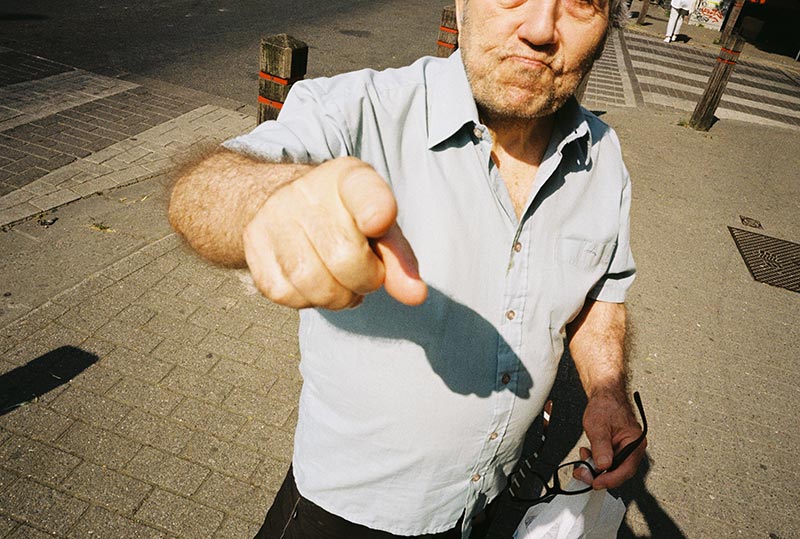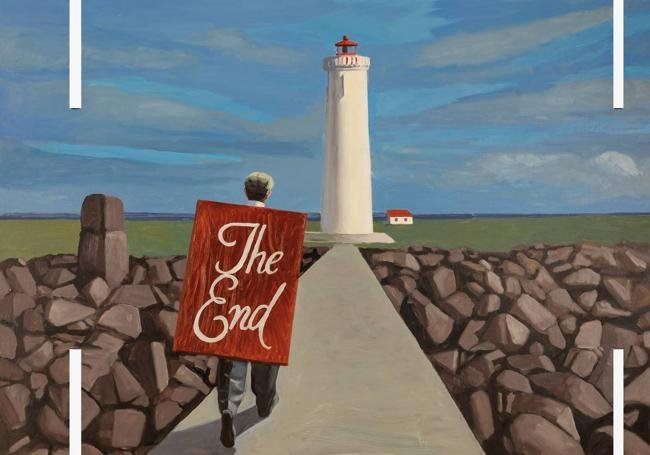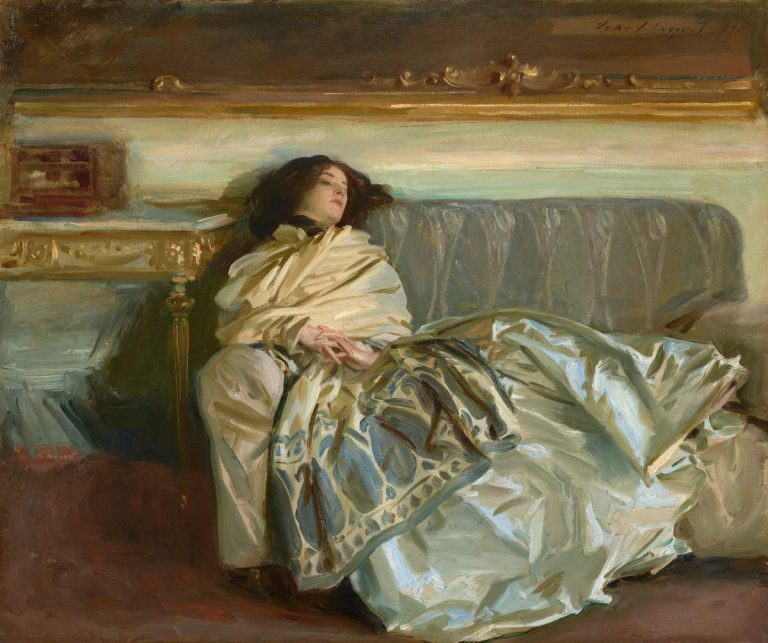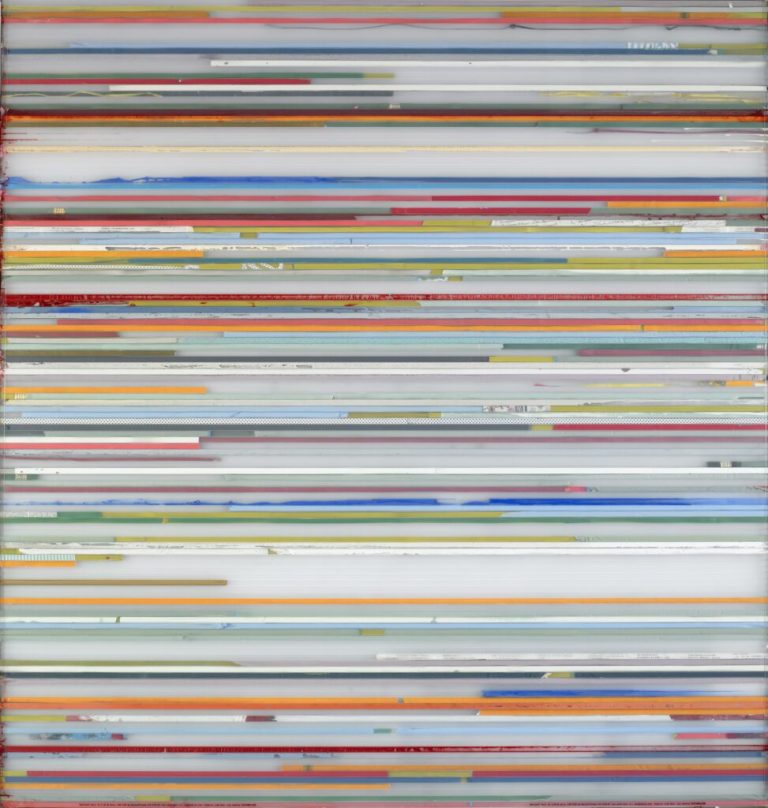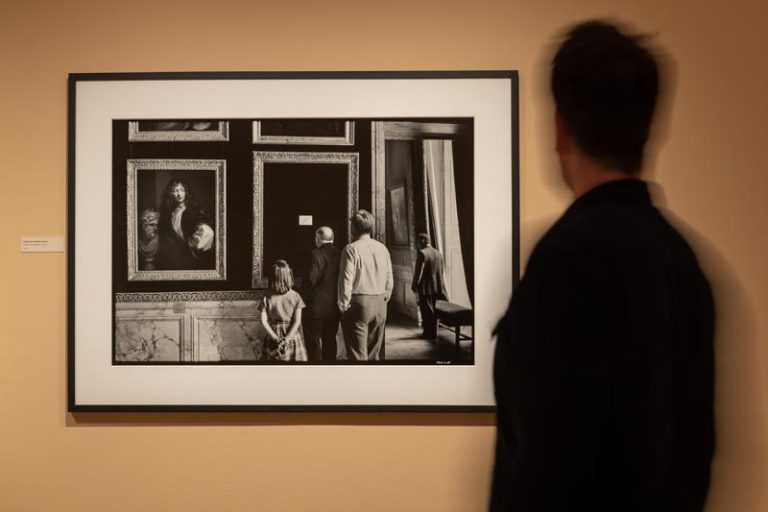Brussels. The Belgian capital, like Berlin, Lisbon, Luxembourg, Paris and Vienna, has its photo month, in this case February. Launched in 2016 by Delphine Dumont, director of the Hangar, the Photo Brussels Festival has grown over the years. This year, the program is being rolled out to 56 locations throughout the city. The multiplicity of structures, from small galleries to large institutions, echoes the diversity of contemporary photographic proposals, between classicism and experimentation, between landscapes, portraits and abstract or conceptual compositions.
The Hangar, the nerve center of the festival, offers “Generations of Resilience”, an exhibition dedicated to Ukrainian photography tracing a continuity between the libertarian and subversive spirit of the 1970s and 1980s and the astonishment faced with the daily life of a country at war. In Soviet times, little was allowed. A nude, a collage, recolored photos as proposed by the artists of the Kharkiv school of photography constituted acts of rebellion. Today, with the war, artists of the younger generation can no longer photograph as before. “Any romanticism of war is a crime against humanity”, wrote in his diary. With modesty and empathy, Igor Efimov portrays women and children in the empty uniforms of their loved ones who died at the front. Michael Ackerman’s black and white images are those of another world, hallucinated, haunted by mysterious corridors. A tightrope walking monkey leads us to a woman’s face in front of a subway staircase which leads to a young woman enveloped in only her torpor. Whether taken in New York, Varanasi (India), Katowice (Poland) or Paris, yesterday or twenty years ago, his images grab the visitor with the same force, both gentle and brutal. Transgressing the rules of framing and focus, the author brings raw and fleeting emotions to the surface in front of his lens. To be seen at the Box Galerie and at L’Enfant sauvage for the “Smoke” series.
The Galerie La Forest Divonne returns to the journey of the duo Elsa & Johanna through their different series. With a disturbing art of metamorphosis, the two artists present themselves in images that write snippets of open fiction. Boys and girls, captured in front of the camera, in the uncertainty of adolescence, portrait and details sketched on the corner of a street or a café in Saint-Germain-des-Prés; or desperate housewives fighting waiting and boredom in the interiors and parking lots of fantasy North American suburbs: each series is a story. There is still this life confined in color in a town between fields and lagoons in the north of Germany, or the twenty-four female characters in the glamorous black and white of a domestic camera.
Presented at Fondation A, Jacques Sonck has been photographing the people he meets in the streets of Ghent or Antwerp for over forty years and whom he sometimes invites into his studio. He neither seeks to understand nor analyze them, he just wants to magnify their singular beauty, a detail of their physique, their clothing accessories, their way of being. With tenderness and respect, he remains outside of these extroverted figures, celebrating the beauty and diversity of the human comedy.
Experimental approach
Photography is not only subject and representation, it is also material. The eight artists presented at Iselp (Higher Institute for the Study of Plastic Language) as part of the “Critical Matter” exhibition develop a unique and experimental approach to the photographic medium. From the beauty of the accidents that are born on Lara Gasparotto’s expired Polaroid film to Liesbet Grupping’s constant quest to capture the light of the blue sky, from Laure Winants’ capture of the process of melting permafrost with the gelatin of the film photo to the “Mudgram” project by Dries Segers carried out with samples of heavily polluted soil which, depending on their degree of contamination, reveal unsuspected ranges of colors and patterns.
The Tiny Gallery is an enchanting place dedicated to historical photography and contemporary creation. Ingeborg Selleslags exhibits her large-format portraits made using the Van Dyke and cyanotype processes. Victim of the Zaventem attacks in 2016, the Antwerp artist has rebuilt herself, pushing back the imprint of death through the practice of photography. Caressed by the softness of chiaroscuro with brown tones, his modest portraits of old naked bodies, seen from behind, express the vulnerability and beauty of life.

